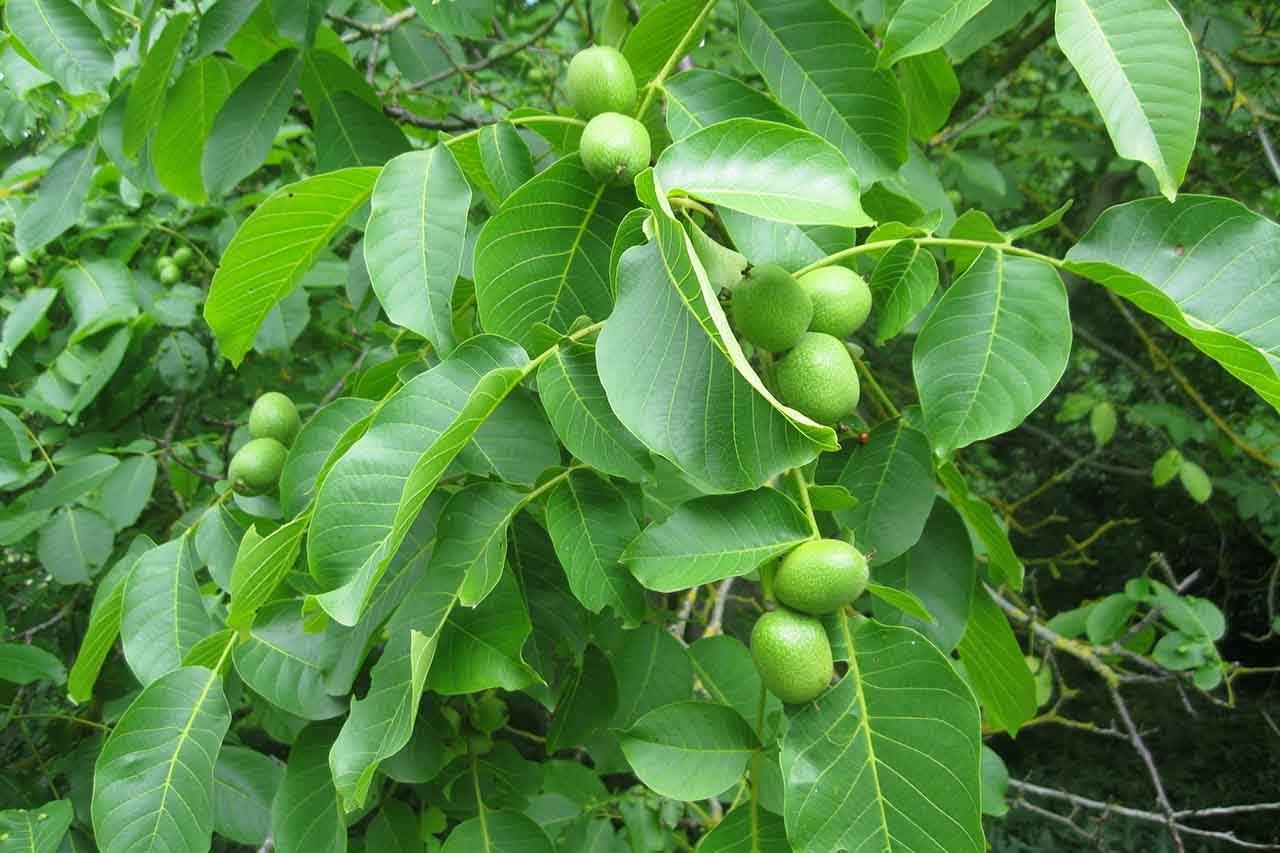Walnut trees can grow a lot taller than any other tree species. They generally need about 9 feet soil depth. If soil depth is less than that, the root system of the trees would be superficial and tree length would be less. Walnut trees are very fragile to salt content of water used for irrigation.
If you are willing to form a walnut orchard, trees must be planted at least with 30 x 30 feet spaces. If you want walnut trees for their walnuts, pruning is the most important part. If you don’t prune walnut trees in time, they overgrow. Overgrowth makes difficult to prune, pesticide and picking walnuts. Therefore, shape-pruning must be applied after planting seedlings.
In the first year of planting, water is vital for seed and seedlings so they must be watered regularly. After the first year, they need nearly three times a month. But you must also be careful about the water amount that you give because frequent watering can also kill the plants so even if there is a hot weather, don’t water the seedling before the soil is completely dry.
Pruning is an art and not something easy to master but roughly speaking; if you want your tree tall, prune the tree starting from below. But some people love their tree short and branched so they can keep it that way. If you haven’t pruned tree before, you should ask someone who did.
Walnut trees can withstand cold temperatures like 12 degrees F (-11 degrees C) and hot temperatures like 100 degrees F (37 degrees C).
Planting The Seed
While planting a walnut, there are three key points; the soil must be soft, must not be wet (moist but not wet) and do not plant the walnut very deep (2 feet would be enough). Even if we hate to agree but beginner‘s luck might also come in handy.
Germinating walnut seeds may take a while (maybe months) so you may skip this part and buy seedling instead. You may never know the age of walnuts that you buy from the grocery store or what chemicals have been used in order to keep them from rotting. Therefore, you can pick fallen walnuts from walnut trees if there is any walnut tree nearby. Do not pick walnuts from the tree directly because walnuts must be ripe enough to plant. Removing husk and even cracking (not crushing, just cracking) walnut horizontally may help seeds to germinate easily. Dry husks are hard to remove so you may soak them with water.
Some people choose to keep walnuts in a cool place like refrigerator or somewhere about 32-40 degrees F (0-4 degrees C) for nearly 3-4 months in order to prepare them for planting (this is called stratification) but this method varies according to type of walnut and I have experienced that I was able to germinate walnuts even if I skipped this step so this step is optional. You can also try burying walnuts in autumn, use a pit with 1-2 feet deep. This will also ensure enough time and temperature to prepare walnuts for germination.
Soil can be moist but wet or waterlogged soil will probably kill seeds.
Planting The Seedling
Time of planting can be vary according to ecology if seedling will be planted. If there is enough amount of snow cover and winters is not harsh in your region, planting walnut seedlings in autumn would be more advantageous than planting in spring. But I recommend you to plant in spring. After planting, seedlings must be watered. If you are planting grown-seedlings, seedlings must be protected from sunburn by painting their trunk to white. You may use “plastic paint – water” mixture with 1:1 ratio. Seedlings must be watered 2 times a week during summer time.
A hole with 2 x 2 feet width and 2 feet depth would be enough for seedling. Giving a little amount of water is vital just after planting it.






